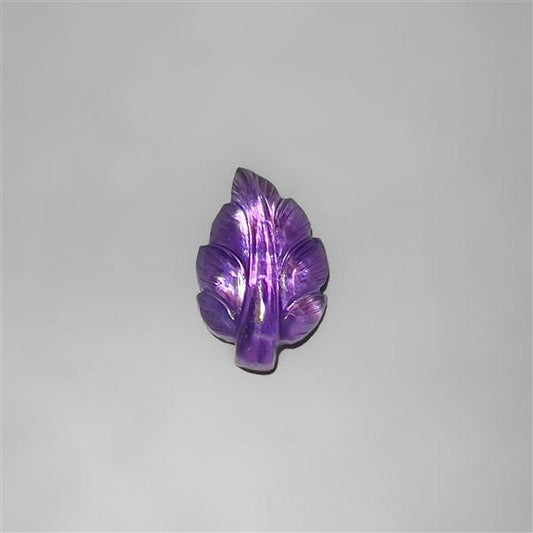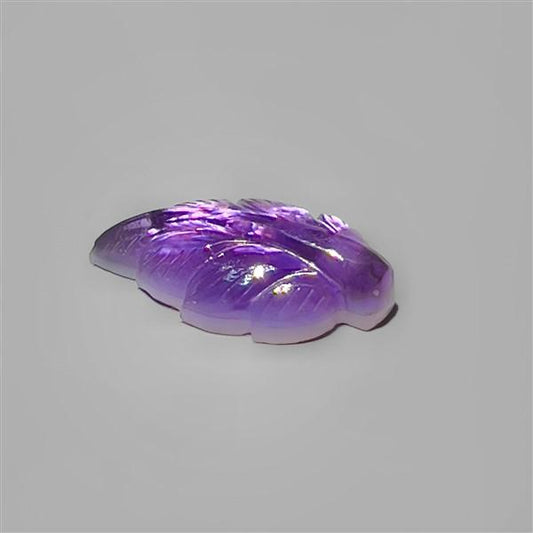There exist different types of June birthstones which include moonstone and pearl together with alexandrite offering diverse colors and surface properties and attributes. People can select a stone of their choice through different variations according to their personal taste in style and healing and personality preferences.
The main varieties of June birthstones along with their unique characteristics will be explained in detail.
Types of Moonstone
Moonstone obtains its fame from the way it shows ethereal adularescence by presenting a gentle and moving gleam that spreads across its stones. Moonstone exists in multiple types with each creating distinct visual reactions toward the observer.
Rainbow Moonstone
Rainbow Moonstone displays a multicolored reflective effect between blue and purple components among numerous light refracted colors that vary based on illumination direction. The beautiful sheen of rainbow moonstone draws attention through its powerful visual effect yet this variety appears mostly in bold statement jewelry designs.
Blue Moonstone
Among all the varieties blue moonstones stand out because its vivid blue adularescence produces a beam of moonlight effect. White moonstone appears more easily transparent than other types of moonstone while featuring soft luminosity in its appearance.
Moonstone becomes truly mesmerizing through its blue illumination in jewelry pieces like necklaces and earrings.
White Moonstone
The basic form of moonstone exists as white and shows a foggy hue combined with gentle silver shine. People who want classic moonstone appearance together with soothing energy should choose this stone.
Jewelry designers commonly turn to white moonstones because it appears well in a wide range of ring types including engagement rings and everyday casual jewelry.
Gray Moonstone
Gray moonstones bring elegant simplicity by serving as an understated option compared to its white and blue variants. The shimmering effect occurs when soft gray tones become visible under illumination.
People who love subtle elegance together with flexible jewelry alternatives find this stone appealing.
Peach Moonstone
The peach or apricot colored form of this stone exists as a rare yet captivating variety of moonstone. People who desire a tender stone supporting their emotional recovery will find this peach gemstone ideal because its warm color connections promote compassion and empathy.
Types of Pearls
Organic in nature, these June birthstones exist as the sole gemstone element to form within living mollusks. Throughout history, pearl farming has resulted in various cultivations which each bring distinctive charm to the process. People typically recognize several forms of pearls, among which three key categories exist.
Akoya Pearls
People consider Akoya pearls the most respected and cultured that Japanese farms primarily produce. These beautiful pearls are popular because they possess both exceptional shine and complete circular form. Akoya pearls exhibit a spectrum of shades but white and cream pearls dominate together with pink and silver and blue variations.
Tahitian Pearls
Tahitian pearls develop inside black-lipped oysters which have their natural habitat in Tahitian and South Pacific Ocean waters. Tahitian pearls display a wide range of deep black to green blue and silver color spectrum. The iridescent sparkle of Tahitian pearls makes them appear precious and exotic, which many people describe as the "black pearl."
South Sea Pearls
South Sea pearls represent the most rare and substantial variety of cultured pearls that Indonesia, Australia, and the Philippines mainly produce. These precious pearls maintain a satin-like sheen that exists in white gold silver and satin-like luster. South Sea pearls command high value because they display large dimensions and a perfectly glimmering surface.
Freshwater Pearls
Chinese freshwater pearl farmers produce their pearls in mussels which live throughout lakes and rivers and ponds mainly in Chinese waters. Freshwater pearls exhibit an irregular shape unlike saltwater pearls yet they exist in the forms of baroque and button and drop designs. The color palette of freshwater pearls extends from white to pink as well as lavender and peach before reaching metallic shades.
Keshi Pearls
Keshi are rare creations developed through the farming practices of pearls. These do not contain a bead nucleus as they develop without a nucleus. Due to their formation process, freshwater pearls acquire different unnatural shapes beyond round like oval baroque and teardrop, which give them appealing organic appeal.
Keshi pearls maintain high value in the market due to their exceptional luster characteristics combined with their unique texture.
Types of Alexandrite
The gemstone Alexandrite transforms its natural colors according to the light source discussion, making it one of the most enchanting stones available in the market. Multiple types of alexandrite exist because their origin and light color-changing properties determine their classification.
Russian Alexandrite
Russian Ural Mountains represent the well-known historical source of the rarest and most significant alexandrite deposits. Russian alexandrite displays a remarkable color transition effect which produces a green appearance during daylight but switches to deep red under incandescent light. The valuable stones remain scarce because they offer both extreme color depth and quick color transition.
Brazilian Alexandrite
Brazilian alexandrite documents its color change to a gentle transformation from green to a reddish-brown finish instead of the pronounced green-to-red variation displayed by Russian samples. Brazilian alexandrite retains its valuable appeal for collectors despite showing a quality color shift that comes second to the rarity of Russian alexandrite.
Sri Lankan Alexandrite
The natural light exposure of Sri Lankan Alexandrite produces blues and greens but artificial light causes the gemstone to turn reddish-purple. This stone type offers customers the color-shifting effect at a price point lower than Russian and Brazilian alexandrites.
African Alexandrite
Alexandrite mining in East Africa's countries Tanzania and Kenya has gained new market popularity throughout recent years. The pigmentation of African alexandrite becomes brown-yellow or green throughout modifications in illumination settings.
The color transition of African alexandrite ranges between green to yellow or brown, although less pronounced than Russian examples, it attracts increasing market demand because of its unique appeal.
Synthetic Alexandrite
The production of synthetic alexandrite in laboratories duplicates natural alexandrite characteristics through an exact reproduction of the color-changing abilities. Although synthetic alexandrite stones lack the valuable worth of natural stones, they offer affordable options to those who value their distinctive color-shifting abilities.
Laboratories use the same crystal framework when manufacturing synthetic alexandrite, which provides an indistinguishable appearance to non-professional observers.







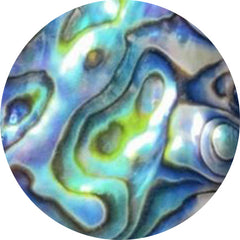 ABALONE SHELL (108)
ABALONE SHELL (108)
 ACTINOLITE (6)
ACTINOLITE (6)
 Affordable Gemstones (16948)
Affordable Gemstones (16948)
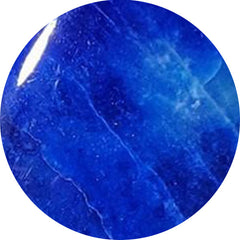 AFGHANITE (15)
AFGHANITE (15)
 AGATE (2525)
AGATE (2525)
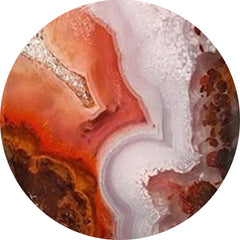 AGUA NUEVA (4)
AGUA NUEVA (4)
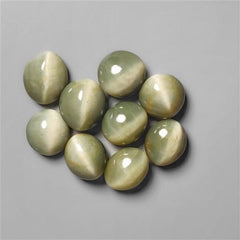 All Gemstones (6)
All Gemstones (6)
 AMAZONITE (185)
AMAZONITE (185)
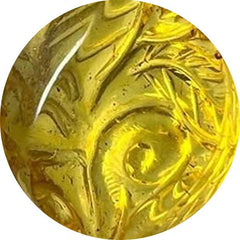 AMBER (156)
AMBER (156)
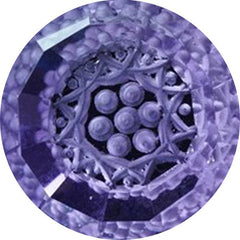 AMETHYST (526)
AMETHYST (526)
 AMETRINE (1)
AMETRINE (1)
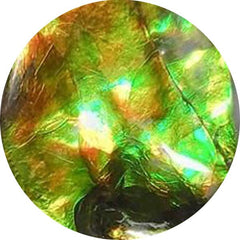 AMMOLITE (38)
AMMOLITE (38)
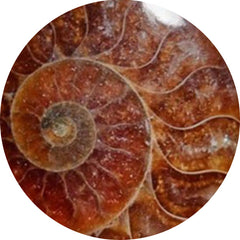 AMMONITE (91)
AMMONITE (91)
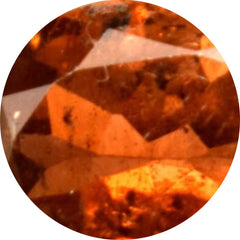 ANDALUSITE (2)
ANDALUSITE (2)
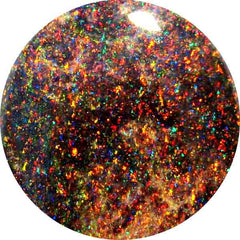 ANDAMOOKA OPAL (4)
ANDAMOOKA OPAL (4)
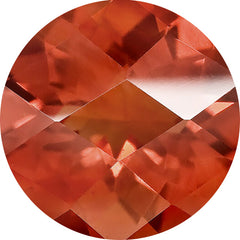 ANDESINE (1)
ANDESINE (1)
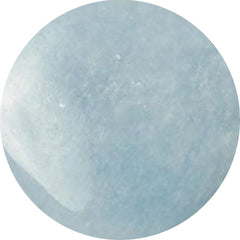 ANGELITE (31)
ANGELITE (31)
 APACHE GOLD (28)
APACHE GOLD (28)
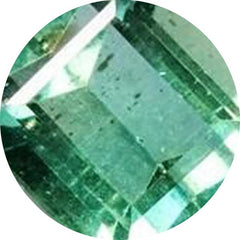 APATITE (150)
APATITE (150)
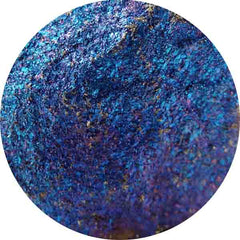 APOPHYLLITE (3)
APOPHYLLITE (3)
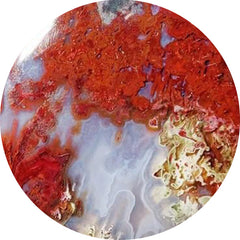 APPLE VALLEY AGATE (0)
APPLE VALLEY AGATE (0)
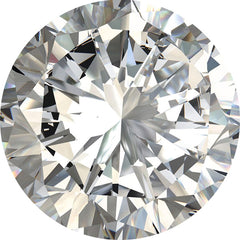 APRIL BIRTHSTONE (44)
APRIL BIRTHSTONE (44)
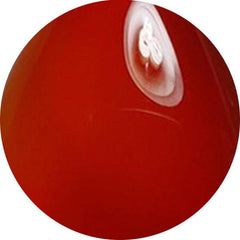 AQEEQ (0)
AQEEQ (0)
 AQUA CHALCEDONY (17)
AQUA CHALCEDONY (17)
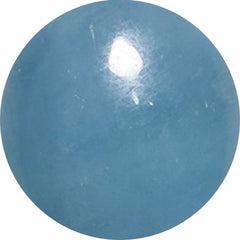 AQUAMARINE (73)
AQUAMARINE (73)
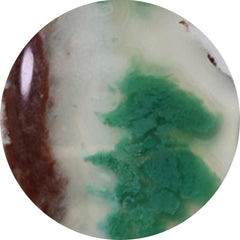 AQUAPRASE (53)
AQUAPRASE (53)
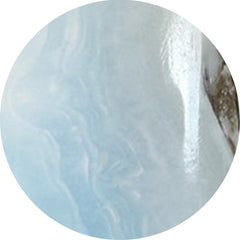 ARAGONITE (2)
ARAGONITE (2)
 ARFVEDSONITE (1)
ARFVEDSONITE (1)
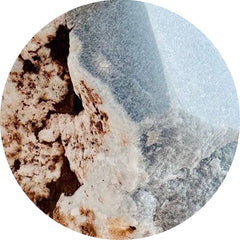 ARISTOLITE (0)
ARISTOLITE (0)
 ARIZONA TURQUOISE (1)
ARIZONA TURQUOISE (1)
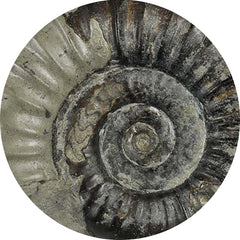 ARNIOCERAS SEMICOSTATUM FOSSIL (0)
ARNIOCERAS SEMICOSTATUM FOSSIL (0)
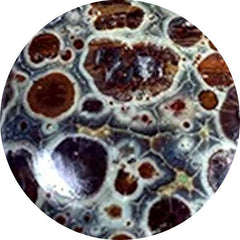 ASTEROID JASPER (11)
ASTEROID JASPER (11)
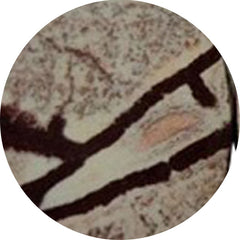 ASTROPHYLLITE (52)
ASTROPHYLLITE (52)
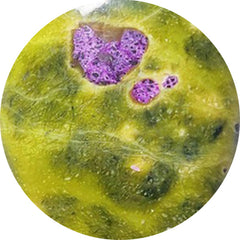 ATLANTASITE (96)
ATLANTASITE (96)
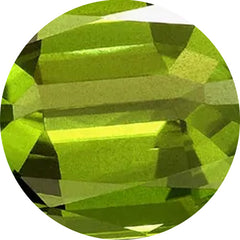 AUGUST BIRTHSTONE (35)
AUGUST BIRTHSTONE (35)
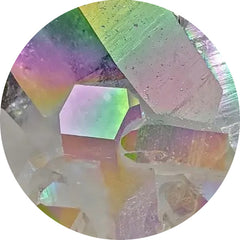 AURA QUARTZ (0)
AURA QUARTZ (0)
 AURORA OPAL (267)
AURORA OPAL (267)
 AUSTRALIAN OPAL (11)
AUSTRALIAN OPAL (11)
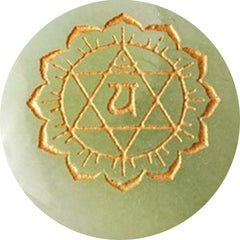 AVENTURINE (73)
AVENTURINE (73)
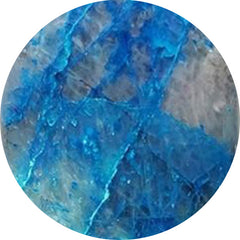 AZURITE (284)
AZURITE (284)
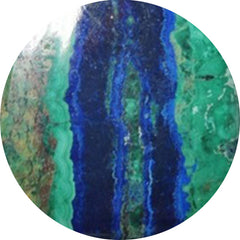 AZURITE MALACHITE (43)
AZURITE MALACHITE (43)
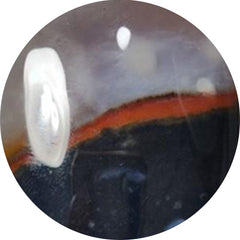 BANDED AGATE (60)
BANDED AGATE (60)
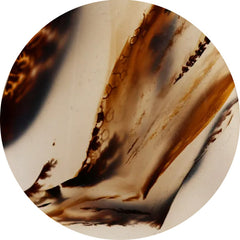 BARBER AGATE (0)
BARBER AGATE (0)
 BARITE (12)
BARITE (12)
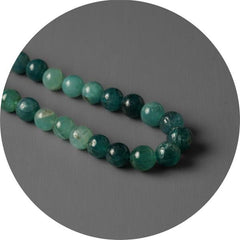 Beads (60)
Beads (60)
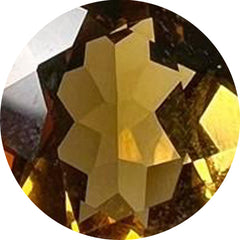 BEER QUARTZ (25)
BEER QUARTZ (25)
 BERBER AGATE (4)
BERBER AGATE (4)
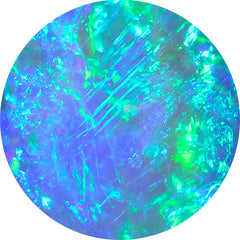 Best Seller (0)
Best Seller (0)
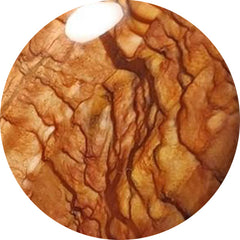 BIGGS JASPER (19)
BIGGS JASPER (19)
 Bird Carving (99)
Bird Carving (99)
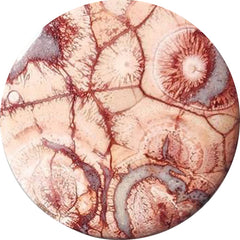 BIRD EYE JASPER (52)
BIRD EYE JASPER (52)
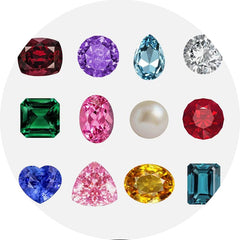 Birthstones (0)
Birthstones (0)
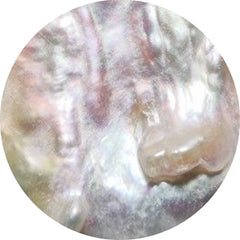 BIWA PEARL (39)
BIWA PEARL (39)
 Black Gemstones (798)
Black Gemstones (798)
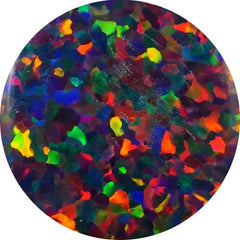 BLACK OPAL (57)
BLACK OPAL (57)
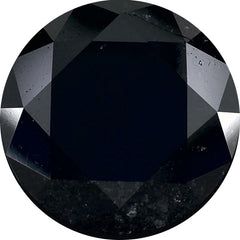 BLACK SPINEL (20)
BLACK SPINEL (20)
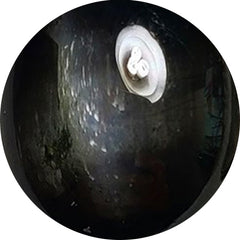 BLACK STAR (32)
BLACK STAR (32)
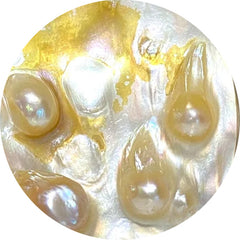 BLISTER PEARL (34)
BLISTER PEARL (34)
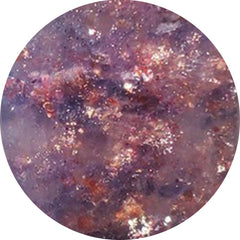 BLOODSHOT IOLITE (32)
BLOODSHOT IOLITE (32)
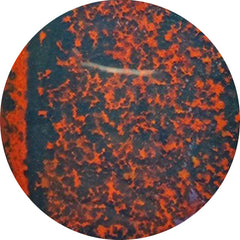 BLOODSTONE (83)
BLOODSTONE (83)
 BLUE CHALCEDONY (26)
BLUE CHALCEDONY (26)
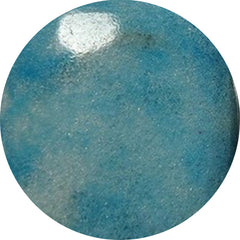 BLUE DIOPSIDE (0)
BLUE DIOPSIDE (0)
 Blue Gemstones (1284)
Blue Gemstones (1284)
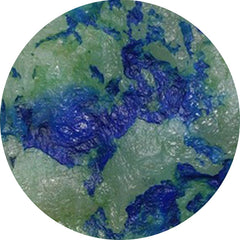 BLUE HORIZON (15)
BLUE HORIZON (15)
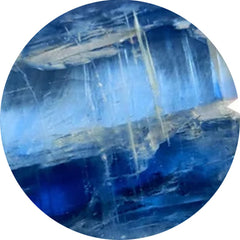 BLUE KYANITE (52)
BLUE KYANITE (52)
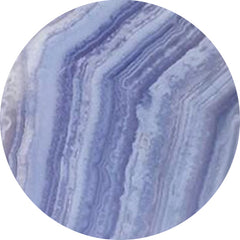 BLUE LACE AGATE (214)
BLUE LACE AGATE (214)
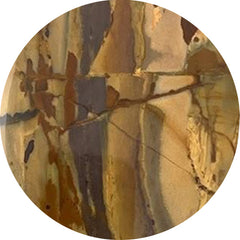 BLUE MOUNTAIN JASPER (0)
BLUE MOUNTAIN JASPER (0)
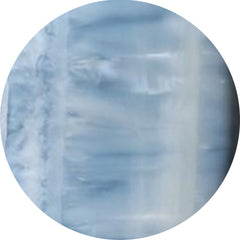 BLUE OPAL (197)
BLUE OPAL (197)
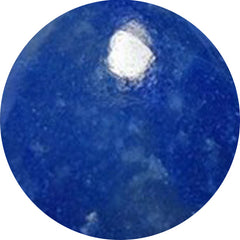 BLUE QUARTZ (27)
BLUE QUARTZ (27)
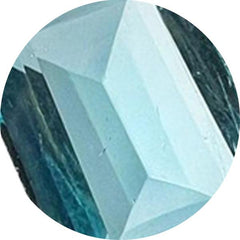 BLUE TOPAZ (84)
BLUE TOPAZ (84)
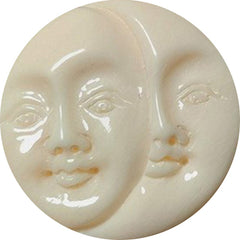 BONE (24)
BONE (24)
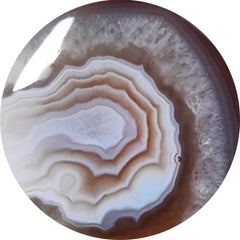 BOTSWANA AGATE (248)
BOTSWANA AGATE (248)
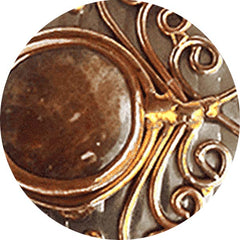 BRONZE (0)
BRONZE (0)
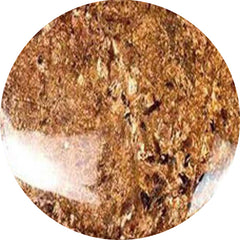 BRONZITE (3)
BRONZITE (3)
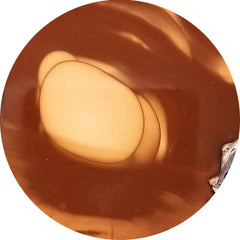 BRUNEAU JASPER (10)
BRUNEAU JASPER (10)
 BUMBLE BEE JASPER (199)
BUMBLE BEE JASPER (199)
 Buy Gemstones In USA (566)
Buy Gemstones In USA (566)
 Cabochon (0)
Cabochon (0)
 Cabochons (12942)
Cabochons (12942)
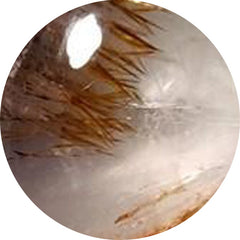 CACOXENITE (64)
CACOXENITE (64)
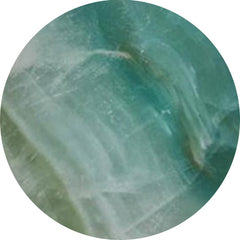 CALCITE (174)
CALCITE (174)
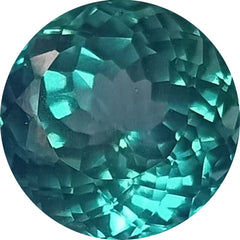 Calibrated (212)
Calibrated (212)
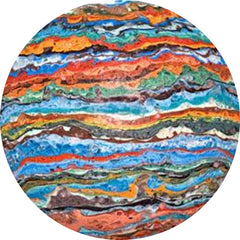 CALSILICA (0)
CALSILICA (0)
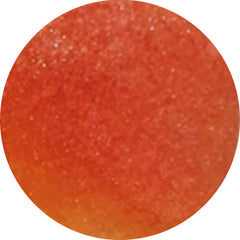 CANDY CORN (6)
CANDY CORN (6)
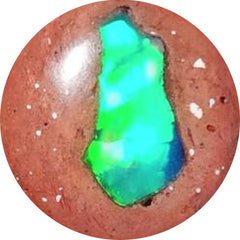 CANTERA OPAL (9)
CANTERA OPAL (9)
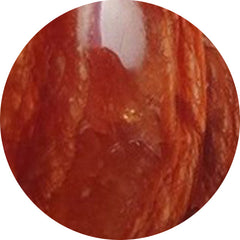 CARAMEL OPAL (2)
CARAMEL OPAL (2)
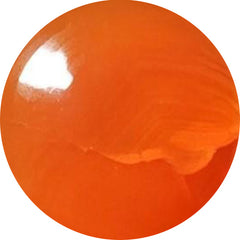 CARNELIAN AGATE (71)
CARNELIAN AGATE (71)
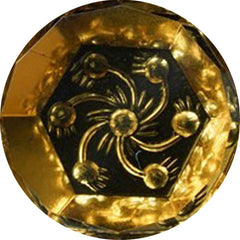 CARVING (1836)
CARVING (1836)
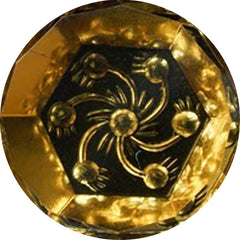 Carvings (2057)
Carvings (2057)
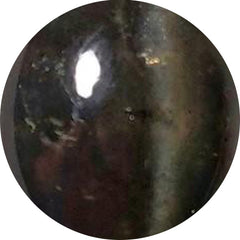 CATS EYE (61)
CATS EYE (61)
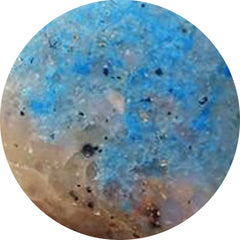 CAVANSITE (17)
CAVANSITE (17)
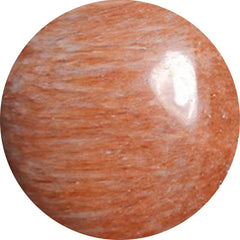 CELESTOBARITE (6)
CELESTOBARITE (6)
 CERULEITE (0)
CERULEITE (0)
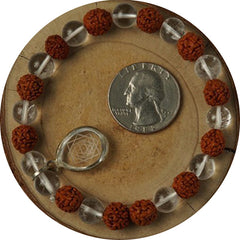 CHAKRA STONE (1)
CHAKRA STONE (1)
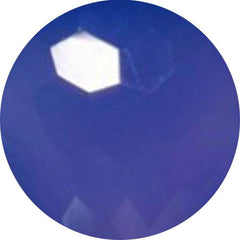 CHALCEDONY (398)
CHALCEDONY (398)
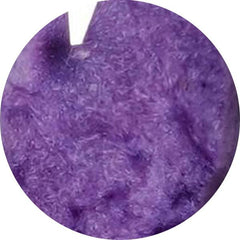 CHAROITE (167)
CHAROITE (167)
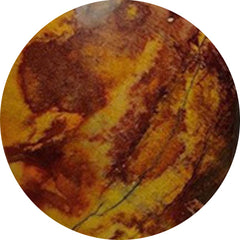 CHERRY CREEK JASPER (1)
CHERRY CREEK JASPER (1)
 CHIASTOLITE (18)
CHIASTOLITE (18)
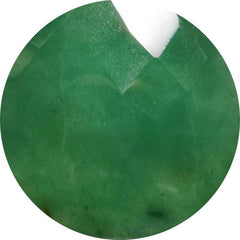 CHROME CHALCEDONY (79)
CHROME CHALCEDONY (79)
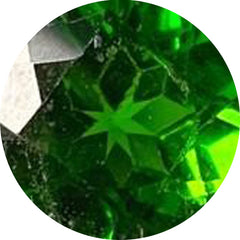 CHROME DIOPSIDE (22)
CHROME DIOPSIDE (22)
 CHRYSANTHEMUM FOSSIL (0)
CHRYSANTHEMUM FOSSIL (0)
 CHRYSOCOLLA (367)
CHRYSOCOLLA (367)
 Chrysocolla Malachite (74)
Chrysocolla Malachite (74)
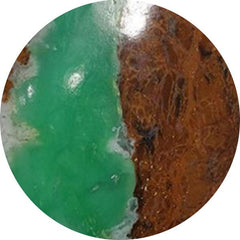 CHRYSOPRASE (274)
CHRYSOPRASE (274)
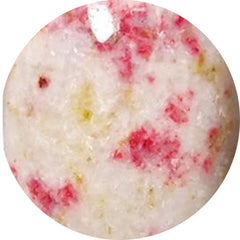 CINNABAR (16)
CINNABAR (16)
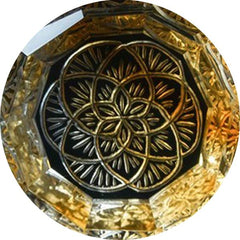 CITRINE (102)
CITRINE (102)
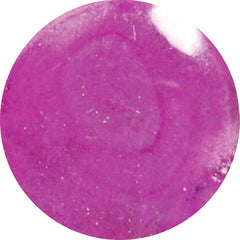 COBALTO CALCITE (56)
COBALTO CALCITE (56)
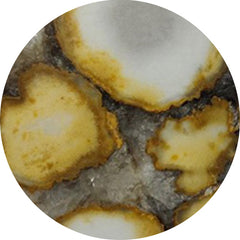 COBRA JASPER (32)
COBRA JASPER (32)
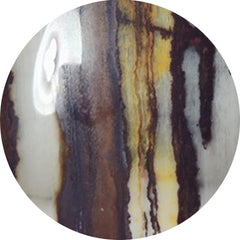 COCONUT JASPER (2)
COCONUT JASPER (2)
 COFFEE BEAN JASPER (2)
COFFEE BEAN JASPER (2)
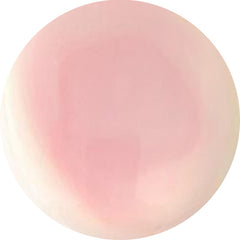 CONCH SHELL (12)
CONCH SHELL (12)
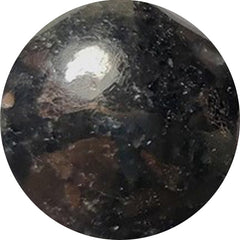 COPPERNITE (0)
COPPERNITE (0)
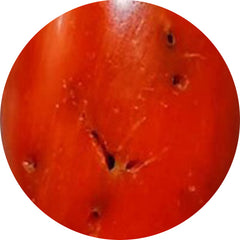 CORAL (334)
CORAL (334)
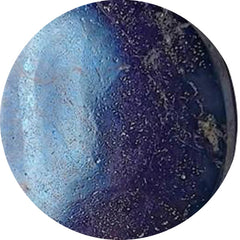 COVELLITE (13)
COVELLITE (13)
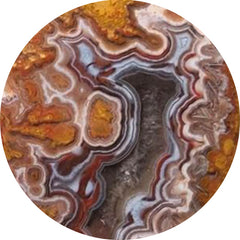 CRAZY LACE AGATE (192)
CRAZY LACE AGATE (192)
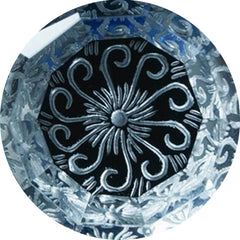 CRYSTAL (252)
CRYSTAL (252)
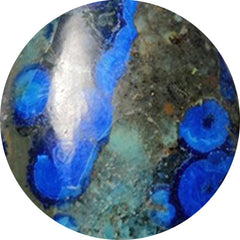 CUPRITE (22)
CUPRITE (22)
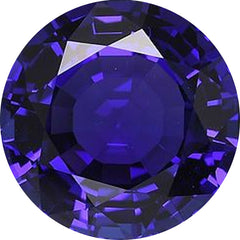 DECEMBER BIRTHSTONE (84)
DECEMBER BIRTHSTONE (84)
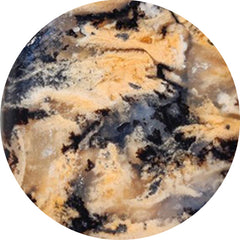 DENDRITIC AGATE (409)
DENDRITIC AGATE (409)
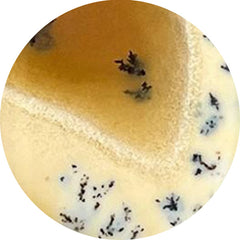 DENDRITIC OPAL (61)
DENDRITIC OPAL (61)
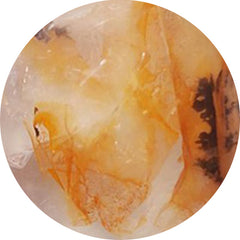 DENDRITIC QUARTZ (2)
DENDRITIC QUARTZ (2)
 DESERT GLASS (8)
DESERT GLASS (8)
 DESERT JASPER DRUZY (5)
DESERT JASPER DRUZY (5)
 DESERT SUNSET JASPER (6)
DESERT SUNSET JASPER (6)
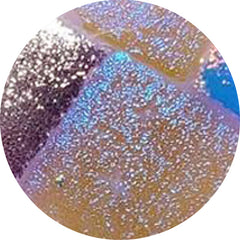 DICHROIC GLASS (143)
DICHROIC GLASS (143)
 DINOSAUR BONE FOSSIL (16)
DINOSAUR BONE FOSSIL (16)
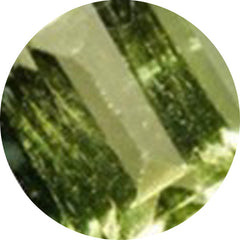 DIOPSIDE (55)
DIOPSIDE (55)
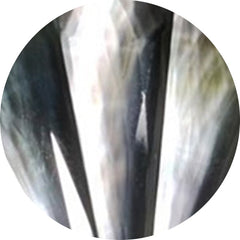 Doublets (756)
Doublets (756)
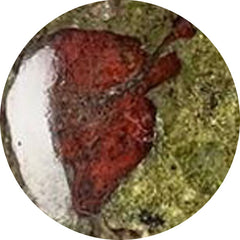 DRAGONBLOOD JASPER (4)
DRAGONBLOOD JASPER (4)
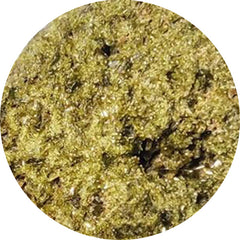 DRUZY (367)
DRUZY (367)
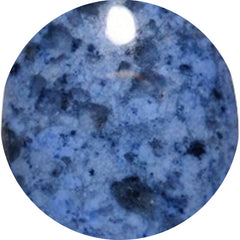 DUMORTIERITE (44)
DUMORTIERITE (44)
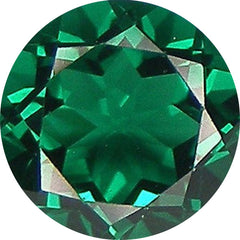 EMERALD (67)
EMERALD (67)
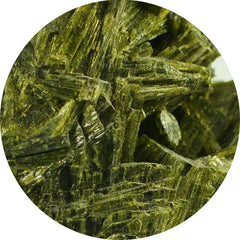 EPIDOTE (10)
EPIDOTE (10)
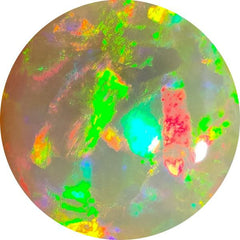 ETHIOPIAN OPAL (10)
ETHIOPIAN OPAL (10)
 EUDIALYTE (21)
EUDIALYTE (21)
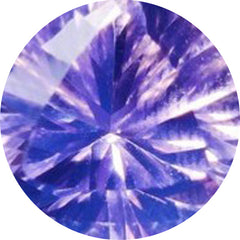 FACETED ROSE CUT (2040)
FACETED ROSE CUT (2040)
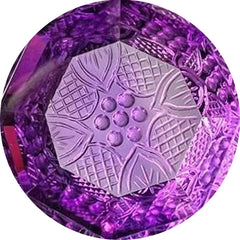 FANTASY CUTS (63)
FANTASY CUTS (63)
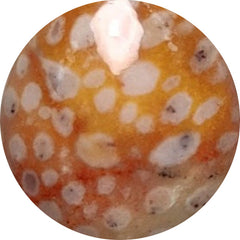 FAWN JASPER (18)
FAWN JASPER (18)
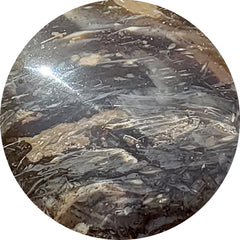 FEATHER AGATE (0)
FEATHER AGATE (0)
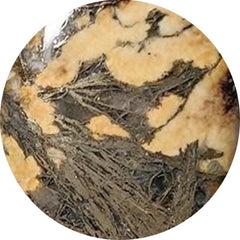 FEATHER PYRITE (42)
FEATHER PYRITE (42)
 FEBRUARY BIRTHSTONE (526)
FEBRUARY BIRTHSTONE (526)
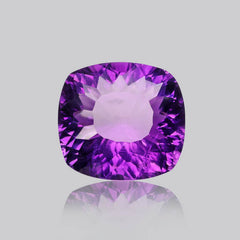 Fine Amethyst (33)
Fine Amethyst (33)
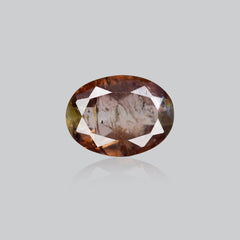 Fine Andalusite (2)
Fine Andalusite (2)
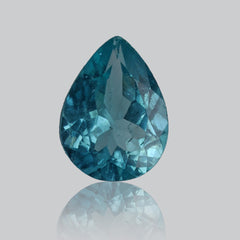 Fine Apatite (10)
Fine Apatite (10)
 Fine Aquamarine (13)
Fine Aquamarine (13)
 Fine Blue Topaz (60)
Fine Blue Topaz (60)
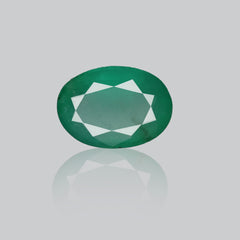 Fine Emerald (17)
Fine Emerald (17)
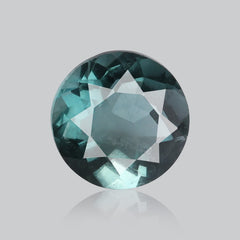 Fine Fluorite (13)
Fine Fluorite (13)
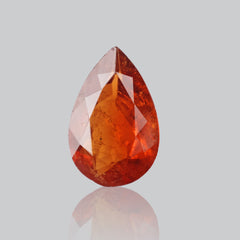 Fine Garnet (31)
Fine Garnet (31)
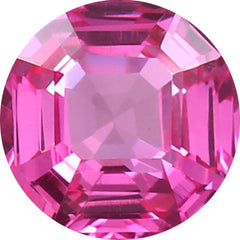 Fine Gemstone (0)
Fine Gemstone (0)
 Fine Iolite (14)
Fine Iolite (14)
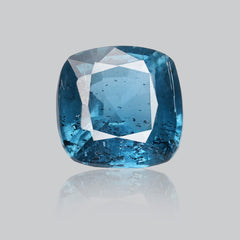 Fine Kyanite (41)
Fine Kyanite (41)
 Fine Moonstone (22)
Fine Moonstone (22)
 Fine Peridot (31)
Fine Peridot (31)
 Fine Prasiolite (34)
Fine Prasiolite (34)
 Fine Sapphire (9)
Fine Sapphire (9)
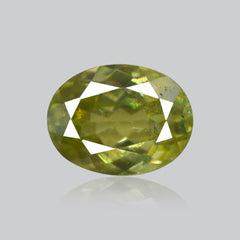 Fine Sphene (17)
Fine Sphene (17)
 Fine Sunstone (8)
Fine Sunstone (8)
 Fine Tanzanite (35)
Fine Tanzanite (35)
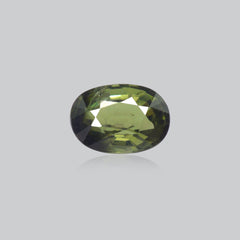 Fine Tourmaline (9)
Fine Tourmaline (9)
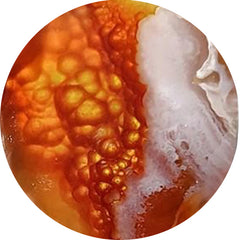 FIRE AGATE (3)
FIRE AGATE (3)
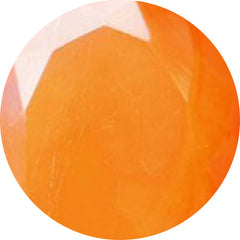 FIRE OPALS (8)
FIRE OPALS (8)
 FLINT STONE (9)
FLINT STONE (9)
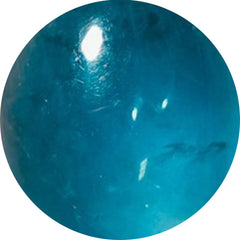 FLUORITE (190)
FLUORITE (190)
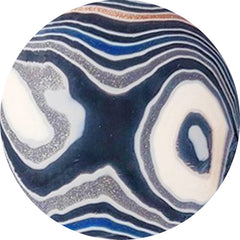 FORDITE (37)
FORDITE (37)
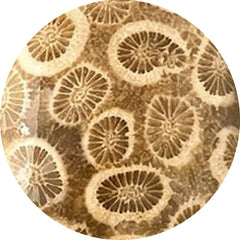 FOSSIL CORAL (297)
FOSSIL CORAL (297)
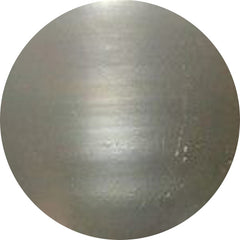 FOSSIL MARSTON MARBLE (4)
FOSSIL MARSTON MARBLE (4)
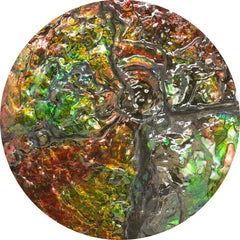 Fossils (514)
Fossils (514)
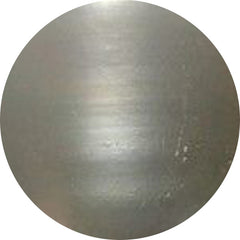 FRESHWATER PEARL (32)
FRESHWATER PEARL (32)
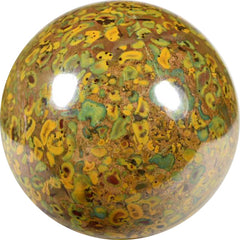 FRUIT JASPER (15)
FRUIT JASPER (15)
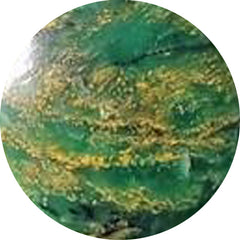 FUCHSITE (7)
FUCHSITE (7)
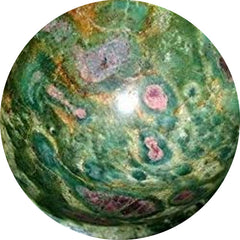 FUSCHITE (11)
FUSCHITE (11)
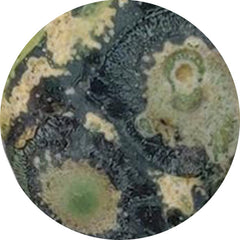 GALAXY JASPER (4)
GALAXY JASPER (4)
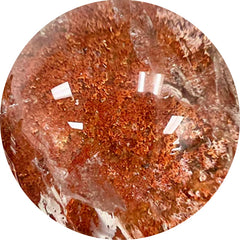 GARDEN QUARTZ (3)
GARDEN QUARTZ (3)
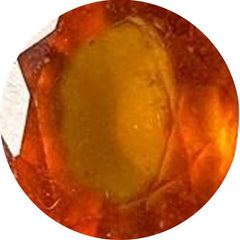 GARNET (116)
GARNET (116)
 GARNET IN LIMESTONE (30)
GARNET IN LIMESTONE (30)
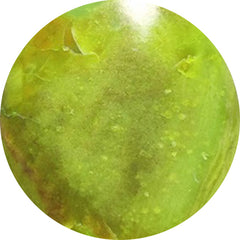 GASPEITE (24)
GASPEITE (24)
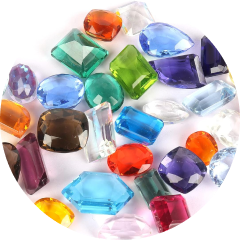 GEMSTONE LOTS (544)
GEMSTONE LOTS (544)
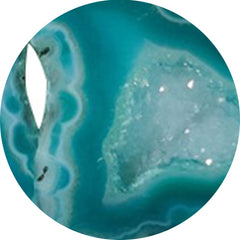 GEODE (26)
GEODE (26)
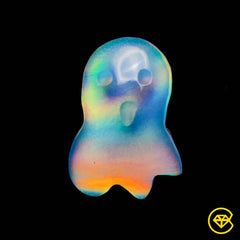 Ghost carving (16)
Ghost carving (16)
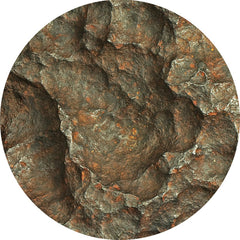 GIBEON METEORITE (0)
GIBEON METEORITE (0)
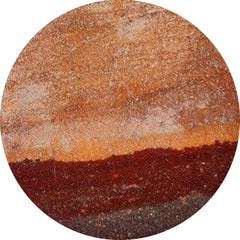 GILA MONSTER AGATE (16)
GILA MONSTER AGATE (16)
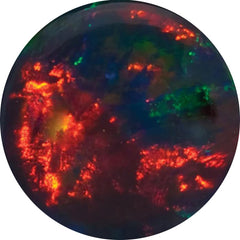 GILSON OPAL (29)
GILSON OPAL (29)
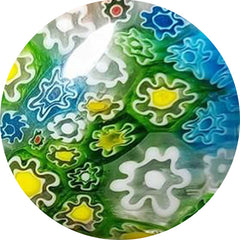 GLASS (160)
GLASS (160)
 GLOW STONE (15)
GLOW STONE (15)
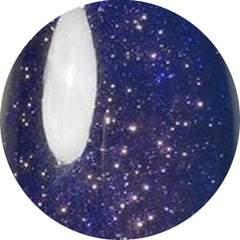 GOLDSTONE (30)
GOLDSTONE (30)
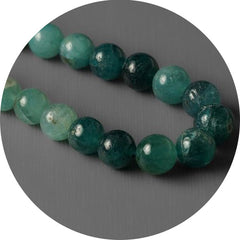 GRANDIDIERITE (11)
GRANDIDIERITE (11)
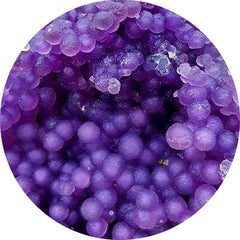 GRAPE AGATE (124)
GRAPE AGATE (124)
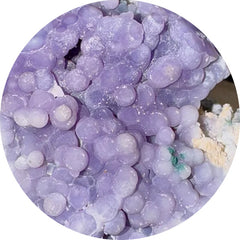 GRAPE CHALCEDONY (4)
GRAPE CHALCEDONY (4)
 Green Gemstones (415)
Green Gemstones (415)
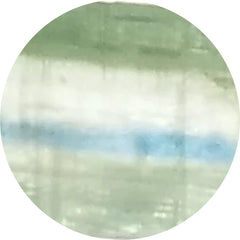 GREEN KYANITE (14)
GREEN KYANITE (14)
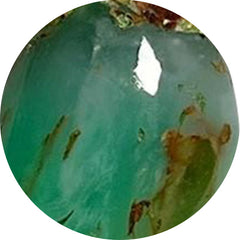 GREEN PRASE OPAL (16)
GREEN PRASE OPAL (16)
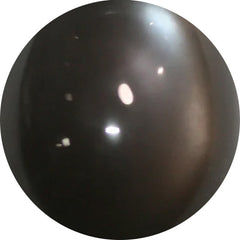 GREY MOONSTONE (35)
GREY MOONSTONE (35)
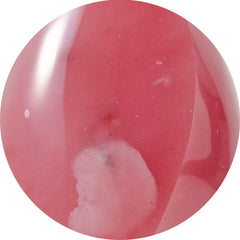 GUAVA QUARTZ (9)
GUAVA QUARTZ (9)
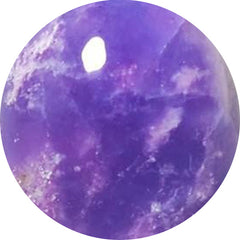 HACKMANITE (12)
HACKMANITE (12)
 HEART CARVING (387)
HEART CARVING (387)
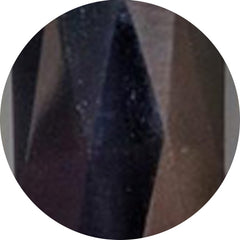 HEMATITE (25)
HEMATITE (25)
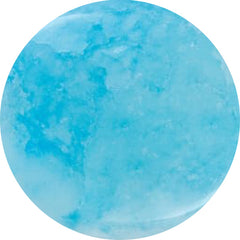 HEMIMORPHITE (57)
HEMIMORPHITE (57)
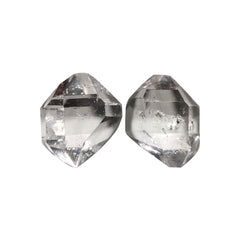 Herkimer Diamond (44)
Herkimer Diamond (44)
 Himalayan Quartz (436)
Himalayan Quartz (436)
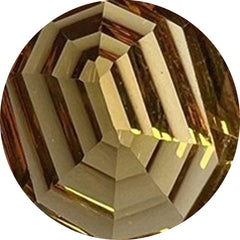 HONEY QUARTZ (22)
HONEY QUARTZ (22)
 HOWARDITE OPAL (5)
HOWARDITE OPAL (5)
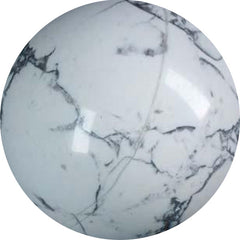 HOWLITE (5)
HOWLITE (5)
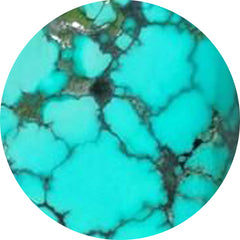 HUBEI TURQUOISE (126)
HUBEI TURQUOISE (126)
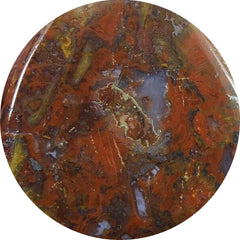 HUNGARIAN AGATE (1)
HUNGARIAN AGATE (1)
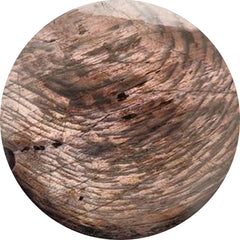 HYPERSTHENE (44)
HYPERSTHENE (44)
 ICE QUARTZ (0)
ICE QUARTZ (0)
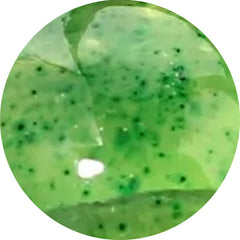 IDOCRASE (0)
IDOCRASE (0)
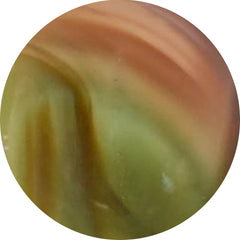 IMPERIAL JASPER (78)
IMPERIAL JASPER (78)
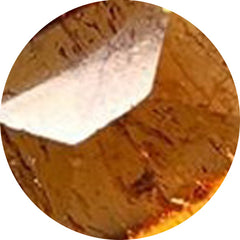 IMPERIAL TOPAZ (1)
IMPERIAL TOPAZ (1)
 INDIAN PAINT STONE (6)
INDIAN PAINT STONE (6)
 IOLITE (109)
IOLITE (109)
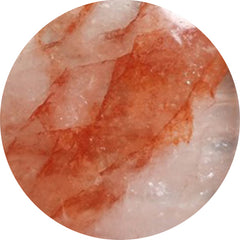 IRON QUARTZ (21)
IRON QUARTZ (21)
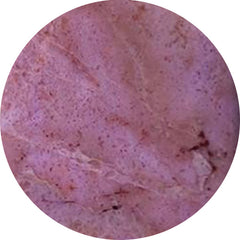 JADE (39)
JADE (39)
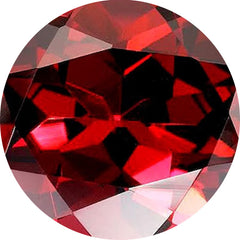 JANUARY BIRTHSTONE (116)
JANUARY BIRTHSTONE (116)
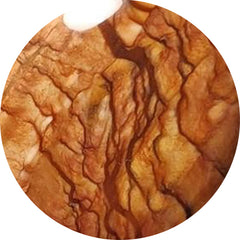 JASPERS (36)
JASPERS (36)
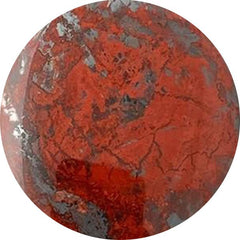 JASPILLITE (8)
JASPILLITE (8)
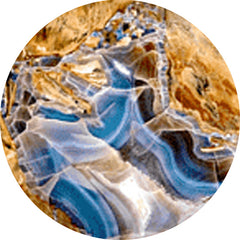 JAVA CHALCEDONY (11)
JAVA CHALCEDONY (11)
 JULY BIRTHSTONE (223)
JULY BIRTHSTONE (223)
 June Birthstones: Moonstone, Pearl, and Alexandrite (562)
June Birthstones: Moonstone, Pearl, and Alexandrite (562)
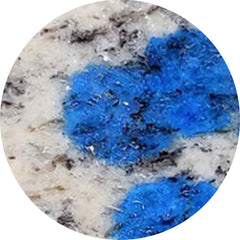 K2 JASPER (9)
K2 JASPER (9)
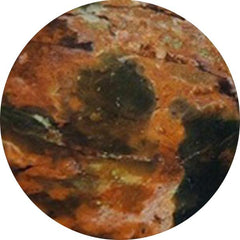 KALEIDOSCOPE AGATE (0)
KALEIDOSCOPE AGATE (0)
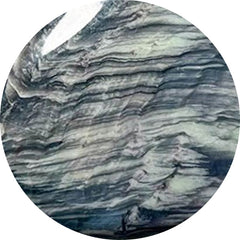 KAMMERERITE (99)
KAMMERERITE (99)
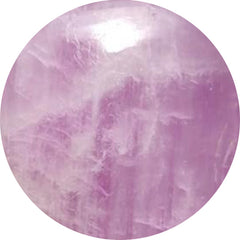 KUNZITE (11)
KUNZITE (11)
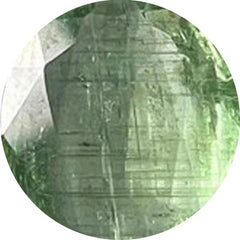 KYANITE (138)
KYANITE (138)
 LABRADORITE (301)
LABRADORITE (301)
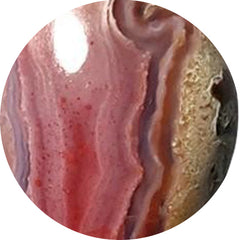 LAGUNA LACE AGATE (58)
LAGUNA LACE AGATE (58)
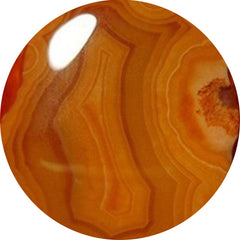 LAKE SUPERIOR AGATE (34)
LAKE SUPERIOR AGATE (34)
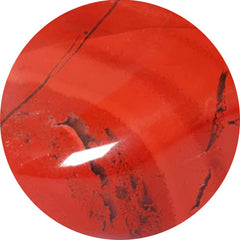 LANDSCAPE JASPER (0)
LANDSCAPE JASPER (0)
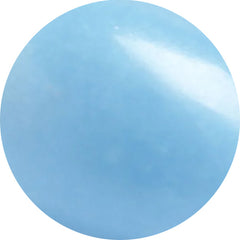 LANGITE (0)
LANGITE (0)
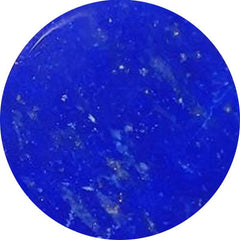 LAPIS LAZULI (174)
LAPIS LAZULI (174)
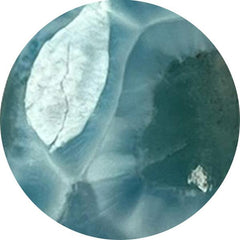 LARIMAR (131)
LARIMAR (131)
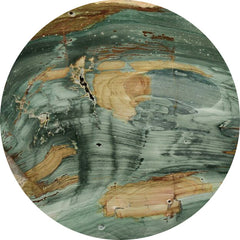 LARSONITE (17)
LARSONITE (17)
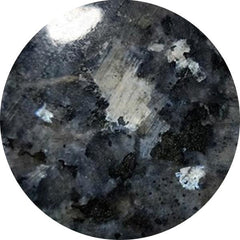 LARVIKITE FELDSPAR (40)
LARVIKITE FELDSPAR (40)
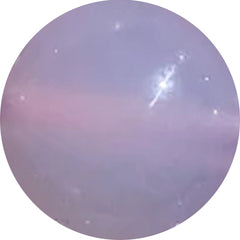 LAVENDER CHALCEDONY (26)
LAVENDER CHALCEDONY (26)
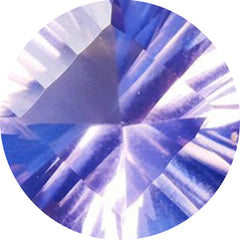 LAVENDER QUARTZ (5)
LAVENDER QUARTZ (5)
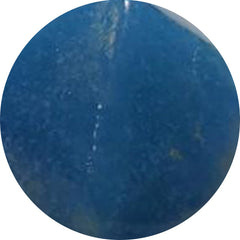 LAZULITE (8)
LAZULITE (8)
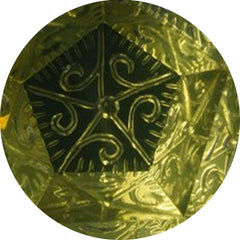 LEMON QUARTZ (40)
LEMON QUARTZ (40)
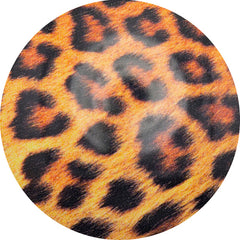 LEOPARD SKIN SHELL (0)
LEOPARD SKIN SHELL (0)
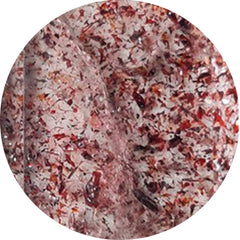 LEPIDOCROCITE (6)
LEPIDOCROCITE (6)
 LEPIDOLITE (44)
LEPIDOLITE (44)
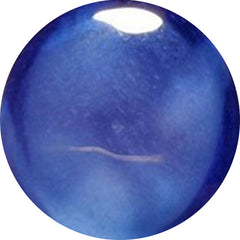 LINDY STAR SAPPHIRE (0)
LINDY STAR SAPPHIRE (0)
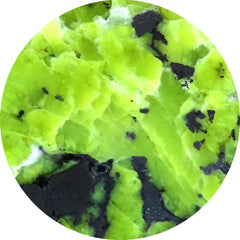 LIZARDITE (50)
LIZARDITE (50)
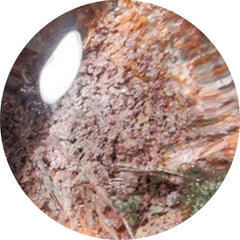 LODOLITE (105)
LODOLITE (105)
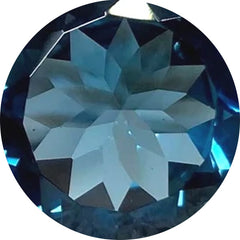 LONDON BLUE TOPAZ (34)
LONDON BLUE TOPAZ (34)
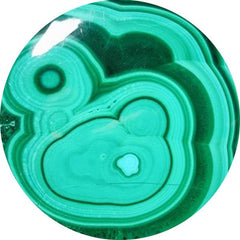 MALACHITE (618)
MALACHITE (618)
 Malawi Moonstone (6)
Malawi Moonstone (6)
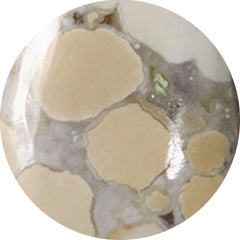 MALIGANO JASPER (45)
MALIGANO JASPER (45)
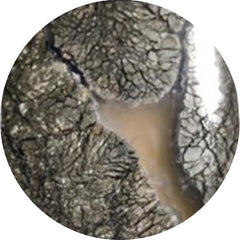 MARCASITE (13)
MARCASITE (13)
 MARCH BIRTHSTONE (73)
MARCH BIRTHSTONE (73)
 MARY ELLEN JASPER (0)
MARY ELLEN JASPER (0)
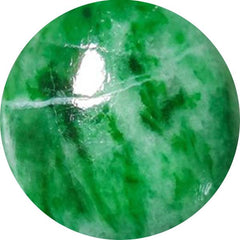 MAW SIT SIT (26)
MAW SIT SIT (26)
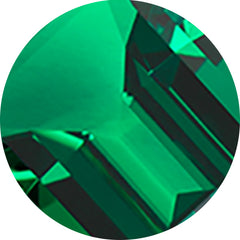 MAY BIRTHSTONE (67)
MAY BIRTHSTONE (67)
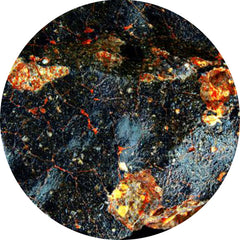 METEORITE (4)
METEORITE (4)
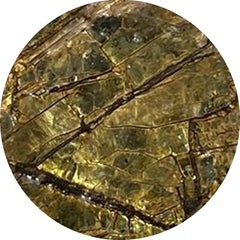 MICA (16)
MICA (16)
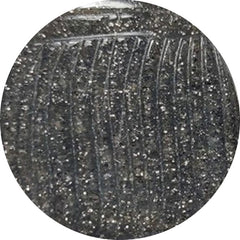 MIDNIGHT QUARTZITE (21)
MIDNIGHT QUARTZITE (21)
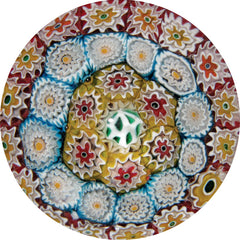 MILLEFIORI GLASS (2)
MILLEFIORI GLASS (2)
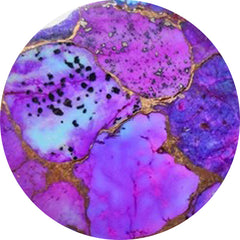 MOHAVE TURQUOISE (153)
MOHAVE TURQUOISE (153)
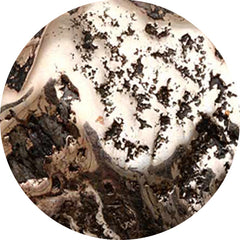 MOHAWKITES (0)
MOHAWKITES (0)
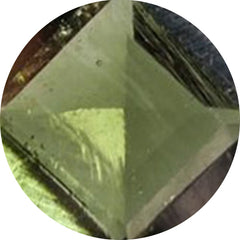 MOLDAVITE (0)
MOLDAVITE (0)
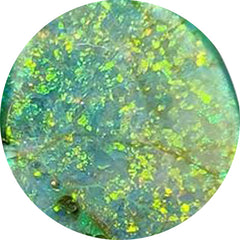 MONARCH OPAL (23)
MONARCH OPAL (23)
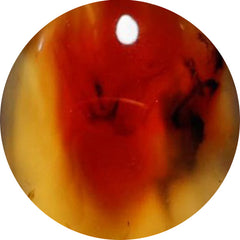 MONTANA AGATE (91)
MONTANA AGATE (91)
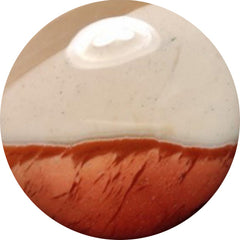 MOOKAITE (37)
MOOKAITE (37)
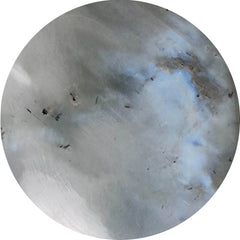 MOONSTONE (257)
MOONSTONE (257)
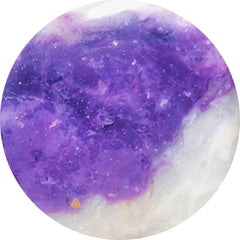 MORADO OPAL (1)
MORADO OPAL (1)
 Morenci Turquoise (0)
Morenci Turquoise (0)
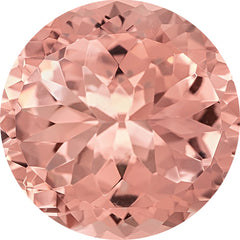 MORGANITE (0)
MORGANITE (0)
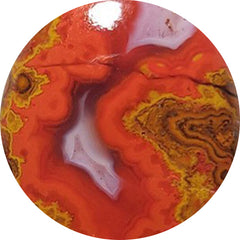 MOROCCAN SEAM AGATE (125)
MOROCCAN SEAM AGATE (125)
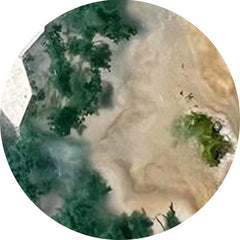 MOSS AGATE (429)
MOSS AGATE (429)
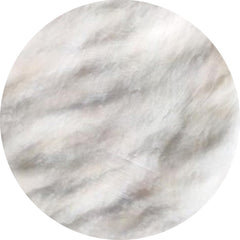 MOTHER OF PEARL (425)
MOTHER OF PEARL (425)
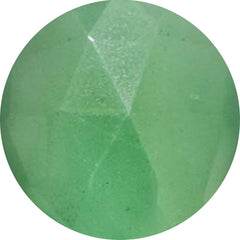 MTOROLITE (36)
MTOROLITE (36)
 Mughal Carving (559)
Mughal Carving (559)
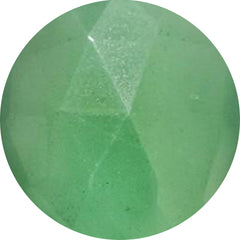 MUSCOVITE (22)
MUSCOVITE (22)
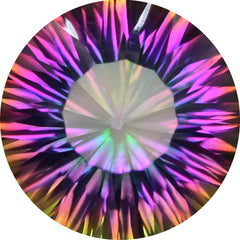 MYSTIC QUARTZ (1)
MYSTIC QUARTZ (1)
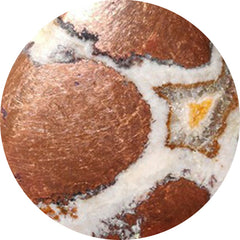 NATIVE COPPER (38)
NATIVE COPPER (38)
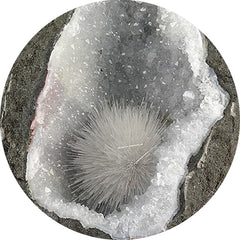 NATROLITE (11)
NATROLITE (11)
 NELLITE (5)
NELLITE (5)
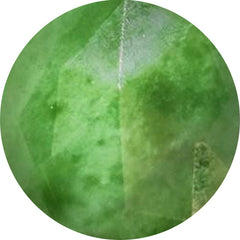 NEPHRITE JADE (5)
NEPHRITE JADE (5)
 New Arrivals (404)
New Arrivals (404)
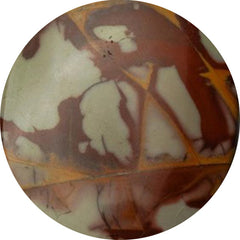 NOREENA JASPER (42)
NOREENA JASPER (42)
 NOVEMBER BIRTHSTONE (100)
NOVEMBER BIRTHSTONE (100)
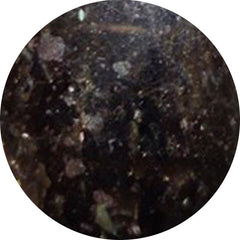 NUUMMITE (0)
NUUMMITE (0)
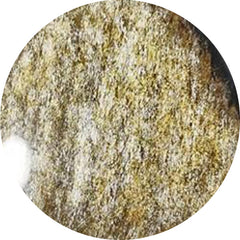 OBSIDIAN (375)
OBSIDIAN (375)
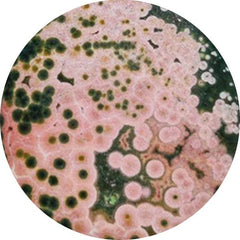 OCEAN JASPER (239)
OCEAN JASPER (239)
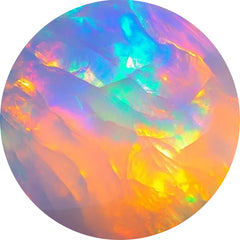 OCTOBER BIRTHSTONE (165)
OCTOBER BIRTHSTONE (165)
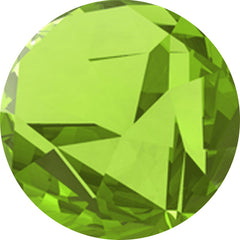 OLIVE QUARTZ (6)
OLIVE QUARTZ (6)
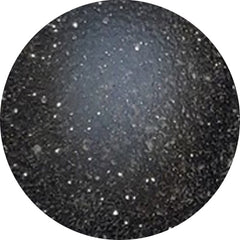 ONYX (251)
ONYX (251)
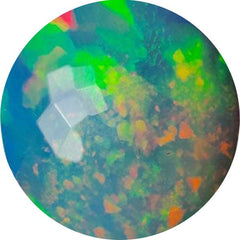 Opal (1084)
Opal (1084)
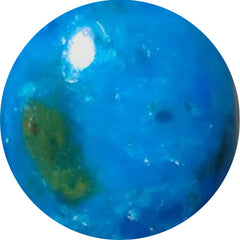 OPALINA (12)
OPALINA (12)
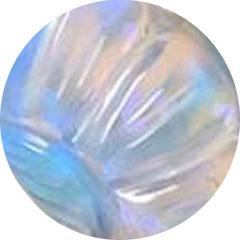 OPALITE (18)
OPALITE (18)
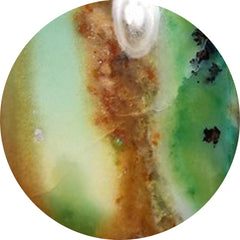 OPALWOOD (6)
OPALWOOD (6)
 Orange Gemstones (305)
Orange Gemstones (305)
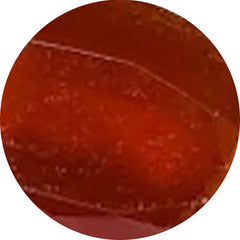 ORANGE KYANITE (6)
ORANGE KYANITE (6)
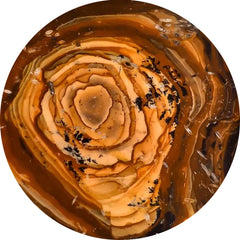 OREGON JASPER (8)
OREGON JASPER (8)
 ORTHOCERAS FOSSIL (47)
ORTHOCERAS FOSSIL (47)
 Out of stock products (3)
Out of stock products (3)
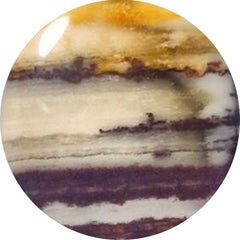 OUTBACK JASPER (6)
OUTBACK JASPER (6)
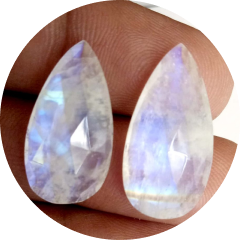 Pairs (1225)
Pairs (1225)
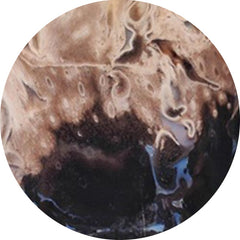 PALMROOT AGATE (70)
PALMROOT AGATE (70)
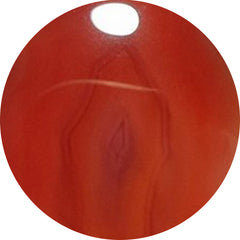 PASSION AGATE (2)
PASSION AGATE (2)
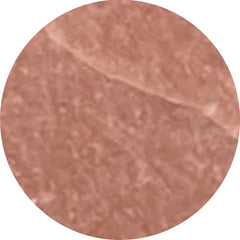 PEACH MOONSTONE (47)
PEACH MOONSTONE (47)
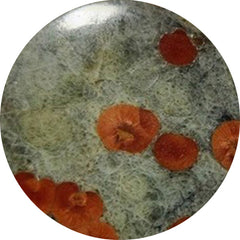 PEANUT OBSIDIAN (48)
PEANUT OBSIDIAN (48)
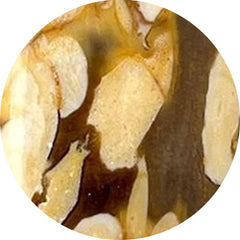 PEANUT WOOD JASPER (94)
PEANUT WOOD JASPER (94)
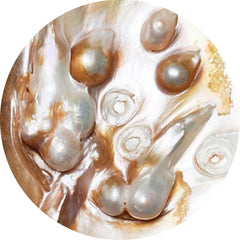 PEARL (562)
PEARL (562)
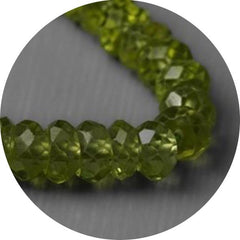 PERIDOT (35)
PERIDOT (35)
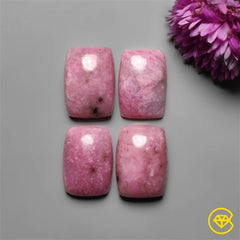 PETALITE (25)
PETALITE (25)
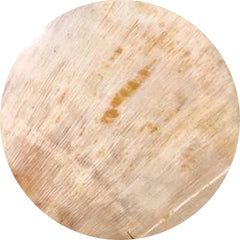 PETRIFIED WOOD (38)
PETRIFIED WOOD (38)
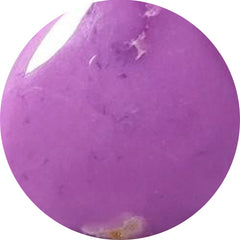 PHOSPHOSIDERITE (104)
PHOSPHOSIDERITE (104)
 PICASSO JASPER (68)
PICASSO JASPER (68)
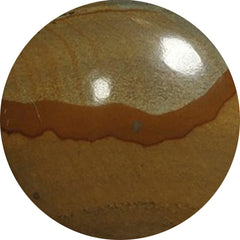 PICTURE JASPER (68)
PICTURE JASPER (68)
 PIETERSITE (72)
PIETERSITE (72)
 Pink Gemstones (439)
Pink Gemstones (439)
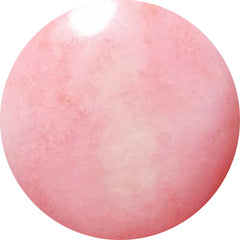 PINK OPAL (159)
PINK OPAL (159)
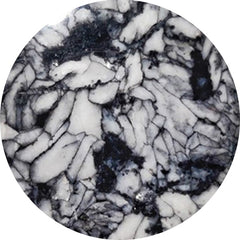 PINOLITH (34)
PINOLITH (34)
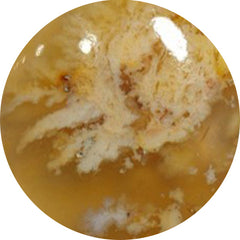 PLUME AGATE (78)
PLUME AGATE (78)
 POLKA DOT AGATE (42)
POLKA DOT AGATE (42)
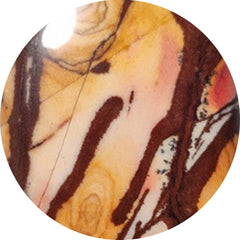 POLYCHROME JASPER (58)
POLYCHROME JASPER (58)
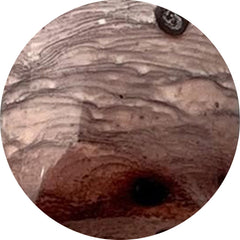 PORCELAIN JASPER (29)
PORCELAIN JASPER (29)
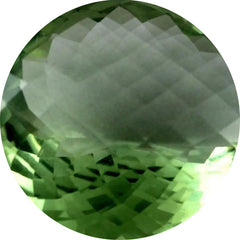 PRASIOLITE (57)
PRASIOLITE (57)
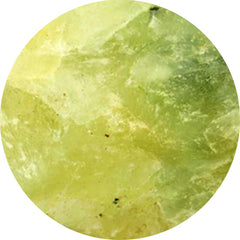 PREHNITE (24)
PREHNITE (24)
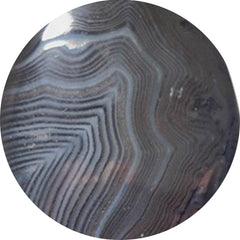 PSILOMELANE (24)
PSILOMELANE (24)
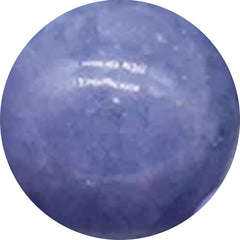 PURPLE CHALCEDONY (44)
PURPLE CHALCEDONY (44)
 PURPURITE (11)
PURPURITE (11)
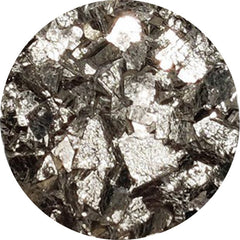 PYRITE (135)
PYRITE (135)
 QUARTZ (62)
QUARTZ (62)
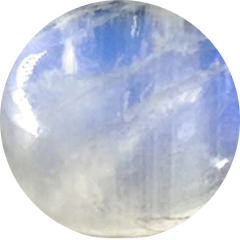 Rain Moonstones (0)
Rain Moonstones (0)
 RAINBOW CALCILICA (17)
RAINBOW CALCILICA (17)
 RAINBOW MOONSTONE (89)
RAINBOW MOONSTONE (89)
 RED FOSSIL (0)
RED FOSSIL (0)
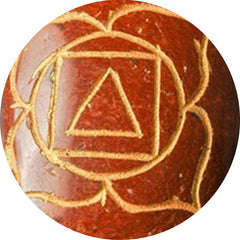 RED JASPER (3)
RED JASPER (3)
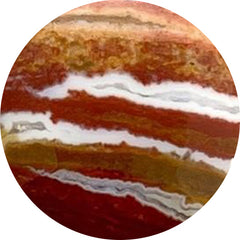 RED RIVER JASPER (18)
RED RIVER JASPER (18)
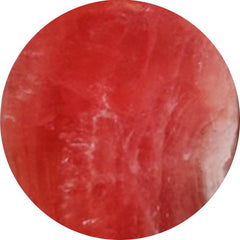 RHODOCHROSITE (349)
RHODOCHROSITE (349)
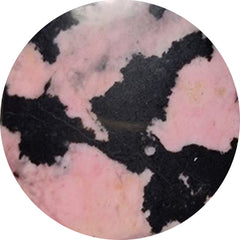 RHODONITE (83)
RHODONITE (83)
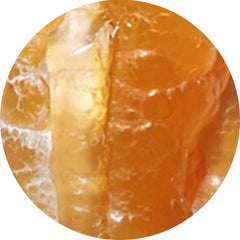 ROCK CHALCEDONY (2)
ROCK CHALCEDONY (2)
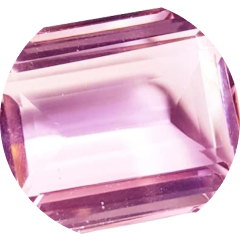 Rose Cut Gemstones (761)
Rose Cut Gemstones (761)
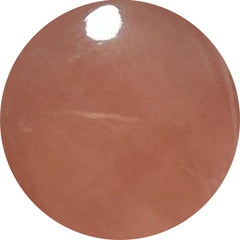 ROSE QUARTZ (69)
ROSE QUARTZ (69)
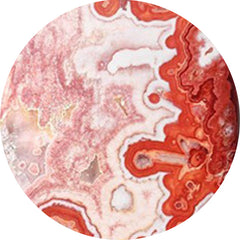 ROSITA JASPER (18)
ROSITA JASPER (18)
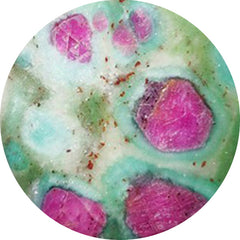 RUBY IN FUCHSITE (6)
RUBY IN FUCHSITE (6)
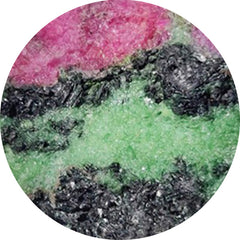 RUBY IN ZOISITE (107)
RUBY IN ZOISITE (107)
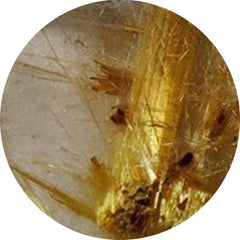 RUTILATED QUARTZ (210)
RUTILATED QUARTZ (210)
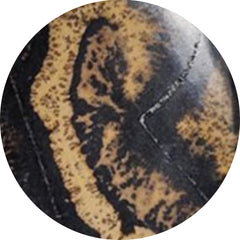 SAGE BRUSH JASPER (0)
SAGE BRUSH JASPER (0)
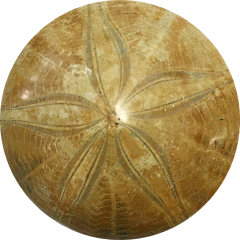 SAND DOLLAR FOSSIL (0)
SAND DOLLAR FOSSIL (0)
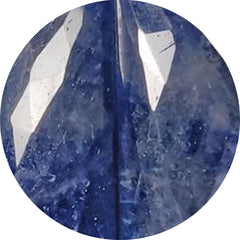 SAPPHIRE (48)
SAPPHIRE (48)
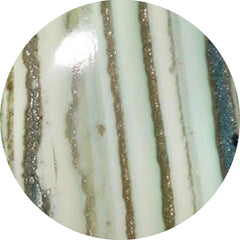 SATURN CHALCEDONY (66)
SATURN CHALCEDONY (66)
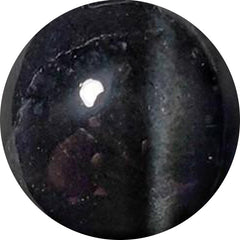 SCAPOLITE (14)
SCAPOLITE (14)
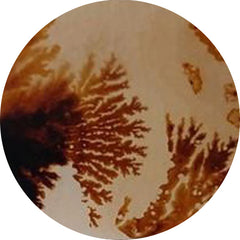 SCENIC AGATE (73)
SCENIC AGATE (73)
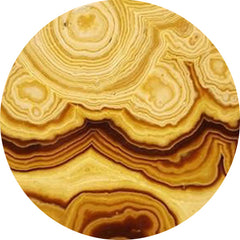 SCHALENBLENDE (98)
SCHALENBLENDE (98)
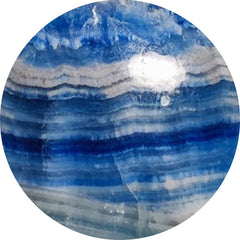 SCHEELITE (41)
SCHEELITE (41)
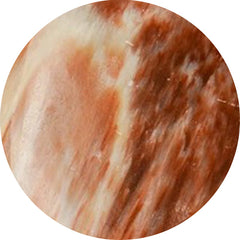 SCOLECITE (52)
SCOLECITE (52)
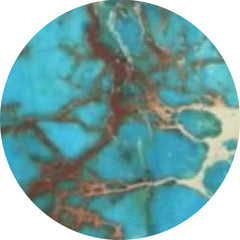 SEA SEDIMENT JASPER (8)
SEA SEDIMENT JASPER (8)
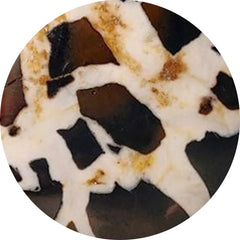 SEPTARIAN (85)
SEPTARIAN (85)
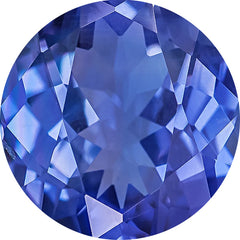 SEPTEMBER BIRTHSTONE (178)
SEPTEMBER BIRTHSTONE (178)
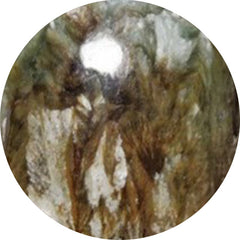 SERAPHINITE (64)
SERAPHINITE (64)
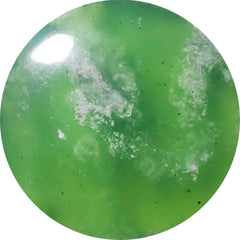 SERPENTINE (182)
SERPENTINE (182)
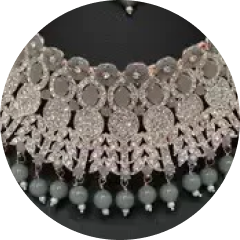 SETS (0)
SETS (0)
 SHATTUCKITE (291)
SHATTUCKITE (291)
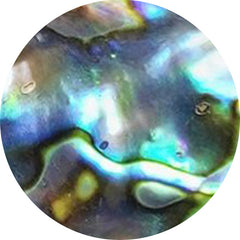 SHELL (264)
SHELL (264)
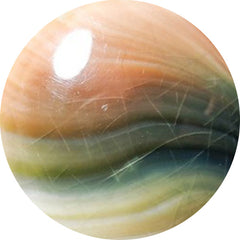 SHIVA EYE SHELL (50)
SHIVA EYE SHELL (50)
 SHUNGITE (5)
SHUNGITE (5)
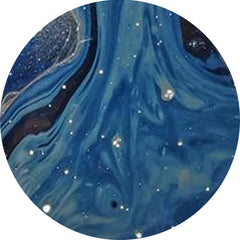 SIEBER AGATE (2)
SIEBER AGATE (2)
 SILICA (6)
SILICA (6)
 Silver Leaf Jasper (16)
Silver Leaf Jasper (16)
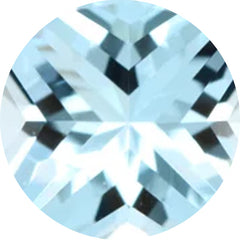 SKY BLUE TOPAZ (7)
SKY BLUE TOPAZ (7)
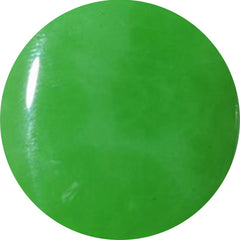 SMITHSONITE (45)
SMITHSONITE (45)
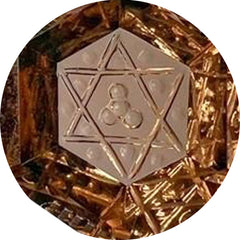 SMOKY QUARTZ (28)
SMOKY QUARTZ (28)
 SNAKESKIN JASPER (65)
SNAKESKIN JASPER (65)
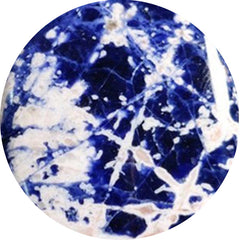 SODALITE (69)
SODALITE (69)
 SOLAR AGATE (0)
SOLAR AGATE (0)
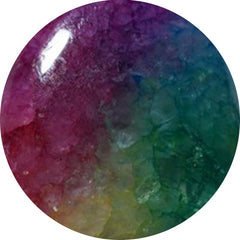 SOLAR QUARTZ (59)
SOLAR QUARTZ (59)
 SPECTROLITE (51)
SPECTROLITE (51)
 SPHENCE (22)
SPHENCE (22)
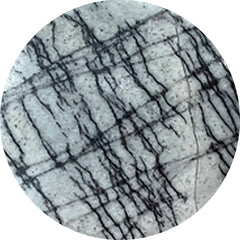 SPIDERWEB JASPER (7)
SPIDERWEB JASPER (7)
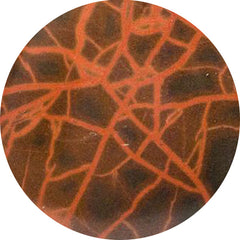 SPIDERWOMAN JASPER (1)
SPIDERWOMAN JASPER (1)
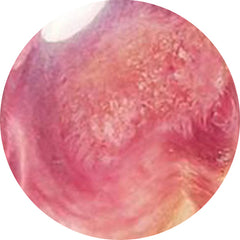 SPINY OYSTER SHELL (37)
SPINY OYSTER SHELL (37)
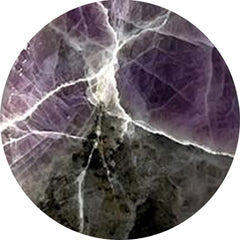 SPURRITE (8)
SPURRITE (8)
 STARBURST (1)
STARBURST (1)
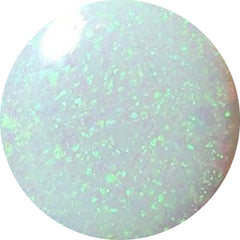 STERLING OPAL (5)
STERLING OPAL (5)
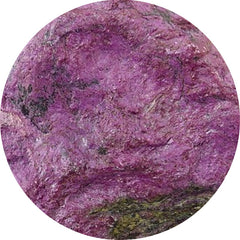 Stichtite (43)
Stichtite (43)
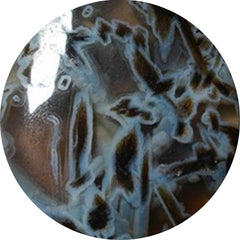 STICK AGATE (15)
STICK AGATE (15)
 STITCHTITE (137)
STITCHTITE (137)
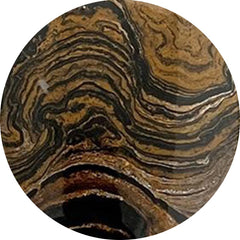 STRAMATOLITE (0)
STRAMATOLITE (0)
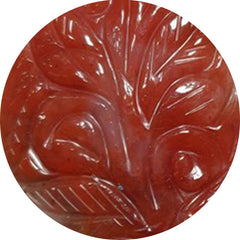 STRAWBERRY QUARTZ (9)
STRAWBERRY QUARTZ (9)
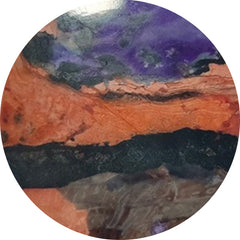 SUGILITE (1)
SUGILITE (1)
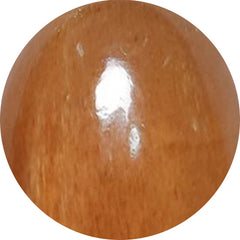 SUNSTONE (176)
SUNSTONE (176)
 SURFITE (0)
SURFITE (0)
 SWISS BLUE TOPAZ (40)
SWISS BLUE TOPAZ (40)
 SWISS OPAL (3)
SWISS OPAL (3)
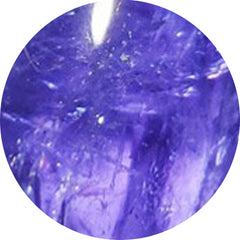 TANZANITE (46)
TANZANITE (46)
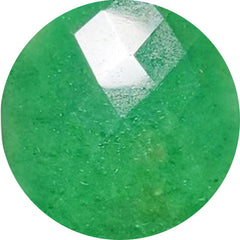 TANZURINE (11)
TANZURINE (11)
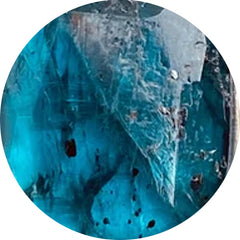 TEAL KYANITE (10)
TEAL KYANITE (10)
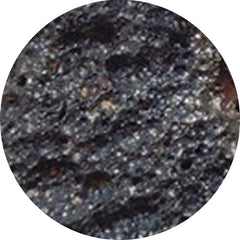 TEKTITE (16)
TEKTITE (16)
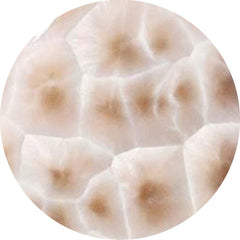 THOMSONITE (32)
THOMSONITE (32)
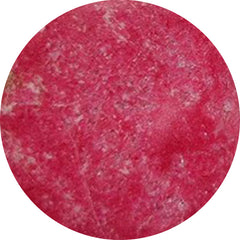 THULITE (86)
THULITE (86)
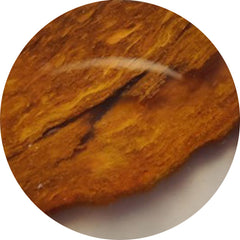 THUNDER EGG AGATE (0)
THUNDER EGG AGATE (0)
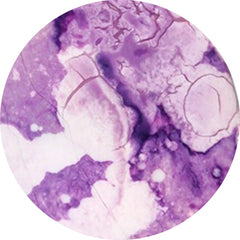 TIFFANY STONE (5)
TIFFANY STONE (5)
 TIGER EYE (74)
TIGER EYE (74)
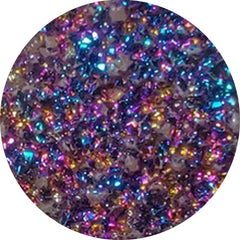 TITANIUM DRUZY (9)
TITANIUM DRUZY (9)
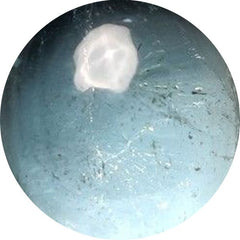 TOPAZ (85)
TOPAZ (85)
 TOURMALINE (168)
TOURMALINE (168)
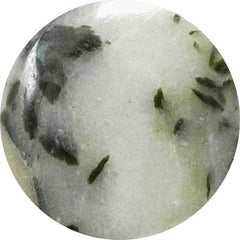 TOURMALINE IN QUARTZ (92)
TOURMALINE IN QUARTZ (92)
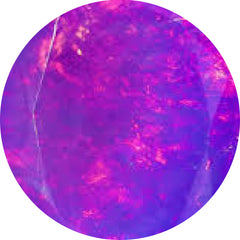 TREATED OPAL (59)
TREATED OPAL (59)
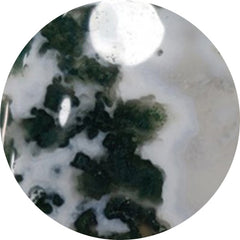 TREE AGATE (33)
TREE AGATE (33)
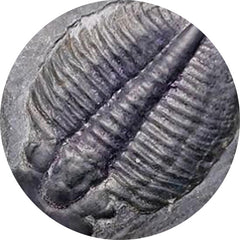 TRILOBITE FOSSIL (10)
TRILOBITE FOSSIL (10)
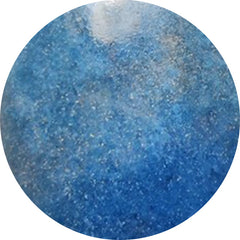 TROLLEITE QUARTZ (40)
TROLLEITE QUARTZ (40)
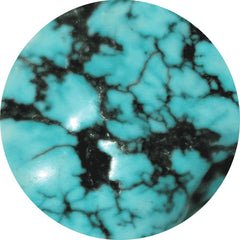 TUMBLES (1)
TUMBLES (1)
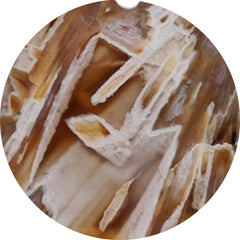 TURKISH TUBE AGATE (82)
TURKISH TUBE AGATE (82)
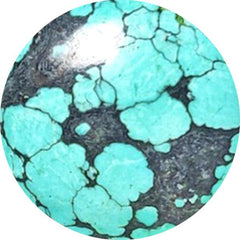 TURQUOISE (492)
TURQUOISE (492)
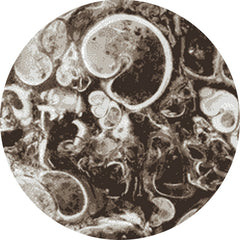 TURRITELLA JASPER (4)
TURRITELLA JASPER (4)
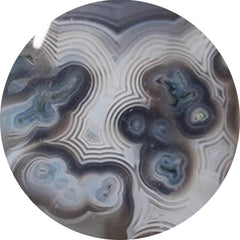 TUXEDO AGATE (57)
TUXEDO AGATE (57)
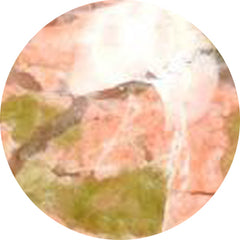 Unakite (4)
Unakite (4)
 UNDER $10 (4044)
UNDER $10 (4044)
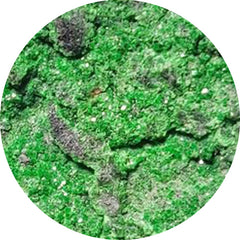 UVAROVITE GARNET (4)
UVAROVITE GARNET (4)
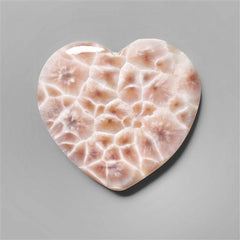 Valentine (790)
Valentine (790)
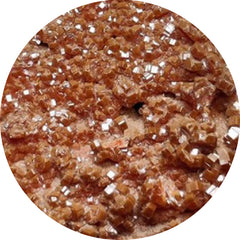 VANADINITE DRUZY (6)
VANADINITE DRUZY (6)
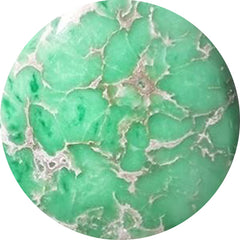 VARISCITE (121)
VARISCITE (121)
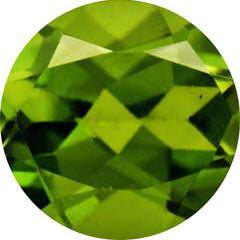 VESUVIANITE (0)
VESUVIANITE (0)
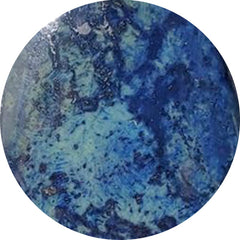 VIVIANITE (0)
VIVIANITE (0)
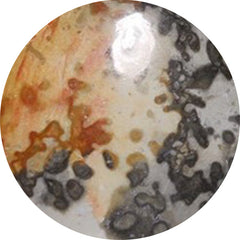 VOLCANIC COTHAM MARBLE (10)
VOLCANIC COTHAM MARBLE (10)
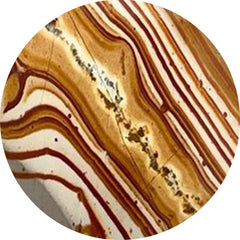 WAGUL JASPER (6)
WAGUL JASPER (6)
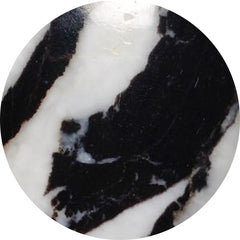 WHITE BUFFALO TURQUOISE (45)
WHITE BUFFALO TURQUOISE (45)
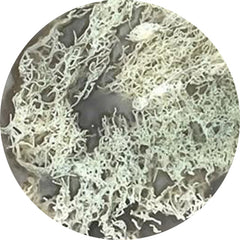 WHITE HORSE CANYON (48)
WHITE HORSE CANYON (48)
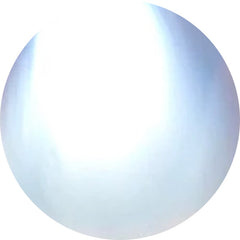 WHITE MOONSTONE (38)
WHITE MOONSTONE (38)
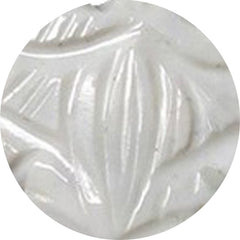 WHITE OPAL (13)
WHITE OPAL (13)
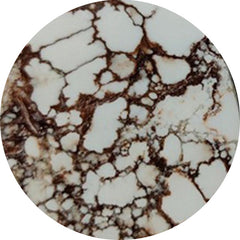 WILD HORSE JASPER (113)
WILD HORSE JASPER (113)
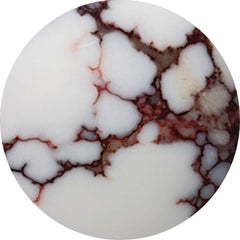 WILD HORSE MAGNESITE (59)
WILD HORSE MAGNESITE (59)
 WILLOW CREEK JASPER (9)
WILLOW CREEK JASPER (9)
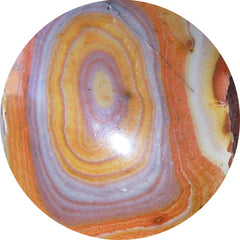 WONDER STONE (4)
WONDER STONE (4)
 WOOD (204)
WOOD (204)
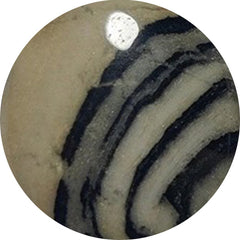 YAVAPAI TRAVERTINE (0)
YAVAPAI TRAVERTINE (0)
 Yellow Gemstones (179)
Yellow Gemstones (179)
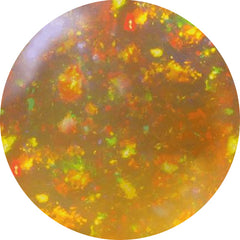 YELLOW OPAL (0)
YELLOW OPAL (0)
 YEMENI AQEEQ (0)
YEMENI AQEEQ (0)
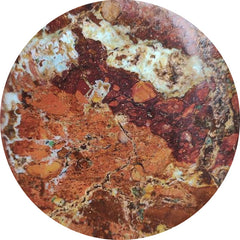 ZARINITE (0)
ZARINITE (0)
 ZEBRA JASPER (1)
ZEBRA JASPER (1)
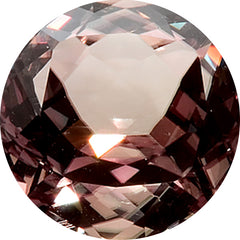 ZULTANITE (6)
ZULTANITE (6)


